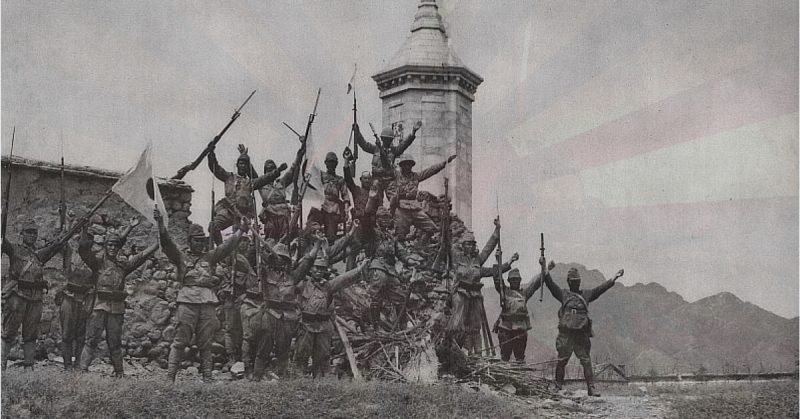The Japanese Army during World War II committed many crimes against humanity that were ordered by the government and high command. In the Japanese equivalent of the Nurnberg Trials, held in Tokyo in 1946, many of the high-ranking officers and government officials were found guilty of genocide and war crimes and executed.
Today, in a controversial act, as many as 14 of them still hold a place in the National Shrine, which celebrates the heroes of the Japanese people.
Some of the most infamous atrocities include the 1937-1938 Nanking massacre, which claimed the lives of more than 300,000 Chinese civilians, and the notorious Unit 731 Experimental facility in which many hideous experiments were conducted on Chinese, South East Asian, Russian and Allied prisoners with an overall death toll of 250,000 men, women and children.
During the course of WWII, and especially before the inevitable defeat, the monstrosities became more frequent and violent. Below are the atrocities with the most victims.
10. Parit Sulong Massacre
In January 1942, in the midst of the Allied Malayan campaign the Battle of Muar was raging. Members of the Australian 8th Division and the 45th Indian Infantry Brigade were outnumbered and began to withdraw. Near the bridge at Parit Sulong, they were surrounded by the Japanese, who had superiority both in numbers and in supplies.
After two days of fierce fighting, they ran out of ammunition and food. Able-bodied soldiers were ordered to disperse into the jungle, and head for the Allied lines. About 150 Australians and Indians were too seriously injured to move, and their only option was to surrender and take their chance. Some accounts estimate that as many as 300 Allied troops were taken prisoner at Parit Sulong.
Various testimonies confirm that the Imperial Guards mistreated the wounded prisoners by beating them with rifle butts and tying them up with wire, placing them on the bridge and executing only one of them so he could serve as ballast for the rest to drown. The bodies of the executed men were poured with petrol and set alight.
9. Shinyo Maru incident
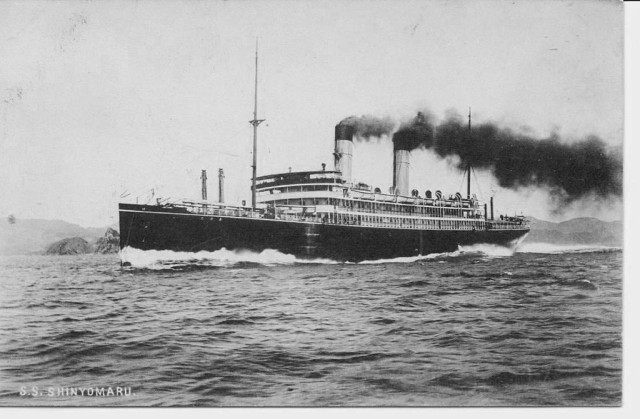
Shinyo Maru incident occurred on September 7, 1944, and it involved the SS Shinyo Maru, a transport ship carrying around 750 POWs to Manila. These transport ships were often called “Hell Ships” due to their extremely hard living conditions and the cruelty of the crew.
The ship and its escort had been met by an American submarine, USS Paddle, which engaged in a torpedo attack, unaware of the POWs aboard. Two torpedoes out of four fired managed to hit Shinyo Maru, and the ship started sinking.
The Japanese commander responsible for this transport mission was informed of a possible submarine presence and ordered the immediate execution of all prisoners aboard the moment the ship was fired on.
Some prisoners managed to escape the ship but were later gunned down by a Japanese rescue mission that came for the surviving sailors. Out of 750 Allied POWs, 668 were executed, and only 82 managed to escape.
8. Sandakan POW camp
The Sandakan Death March refers to a series of forced marches that occurred in 1945, in which the remnants of the Sandakan POW camp on the island of Borneo were forced to march until they died. Sandakan POW camp was built in 1942 for the Austrailian and British captives.
The POWs were first engaged in forced labour, building an airstrip next to the camp, during which they were beaten, poorly fed and received medical attention next to none.
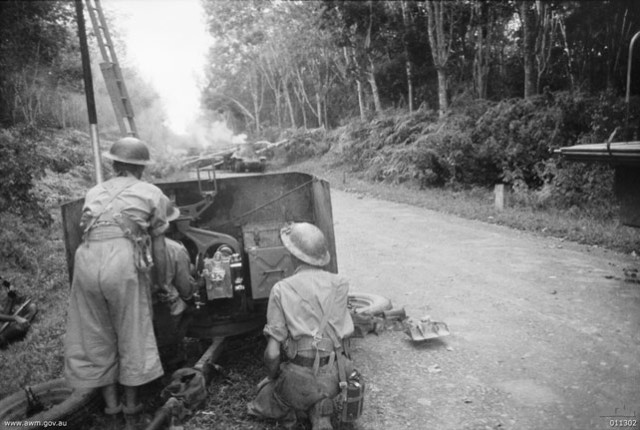
What followed was the true horror of their imprisonment. The strategy of the Death March was to torture the prisoners by constantly moving them on foot, with the intention of brutalizing, demoralizing and finally killing them through a lengthy process of the march.
In three consecutive death marches which were imposed on the Sandakan POWS in 1945, the Japanese managed to cause the deaths of 2,345 Allied prisoners who had fallen to dehydration, disease and exhaustion. The ones who would lag behind the column were either executed or left for dead.
7. Jesselton revolt
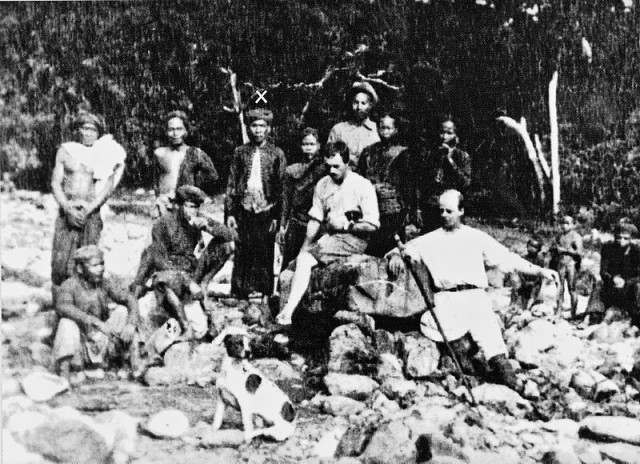
Jesselton revolt was a multiethnic uprising on the occupied island of Borneo in October of 1943. The revolt was led by a guerrilla force mainly consisted of indigenous Suluk people and ethnic Chinese. The rebels were mainly armed with spears and Indonesian swords called parang, with little or no firearms.
The Japanese Imperial Guards managed to crush the insurrection, after which they launched a genocide campaign against the Suluk population, as a punishment for participating in the uprising.
The infamous Kempeitai, whose methods of torture and interrogation were very similar to the German Gestapo, conducted the systematic Massacre of the Suluks while pursuing the remnants of the Chinese guerrillas.
They bayoneted and beheaded the Suluks and burned their villages to the point that the indigenous people were almost completely wiped out. Around 3,000-4,000 of Suluks were exterminated.
“The Tokyo war crimes trial” index described Japanese atrocities as “an apparently systematic attempt to exterminate the Suluk race between February and June 1944”.
6. Bataan Death March
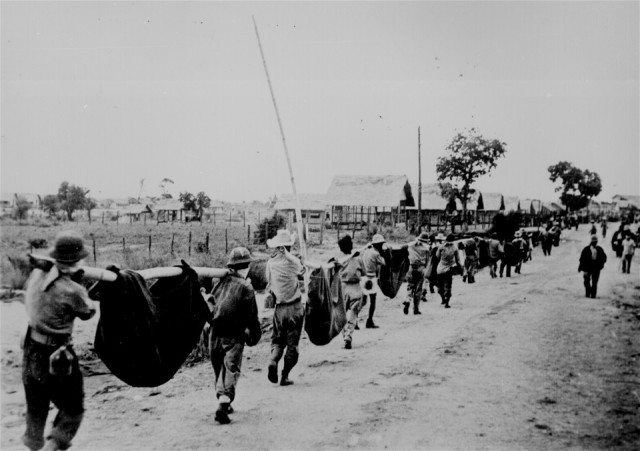
Another Death March, similar to the Sandakan one, happened in the Philippines in 1942. Some 20,000 Philippine soldiers joined with about 1600 American POWs died during the 66-mile march from Mariveles to Camp O’Donell at the city of Capas.
Soldiers were forced to walk under extremely bad conditions with little food and drinking water. In some cases they were transported by cattle trains, cramped in boxcars on extremely high temperatures. Many died of exhaustion, heat, dysentery, starvation and dehydration.
The ones that didn’t succumb to disease, hunger or fatigue, were either bayoneted by the Japanese soldiers or were used as practice for the officers who wanted to improve their katana skills. Trucks drove over the ones that fell behind and cleanup crews would put to death those too weak to continue.
5. Sook Ching Massacre
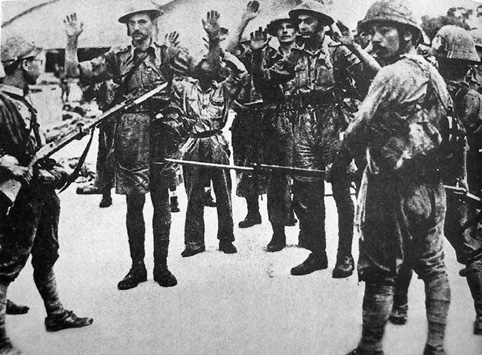
“Purge through cleansing” – Sook Ching, was a Japanese military operation directed towards the “hostile elements” in Singapore after the fall of the city to Japanese rule. The massacre lasted from 18 February to 4 March 1942 and claimed the lives of as many as 30,000 to 100,000 people.
The exact number is murky due to insufficient evidence, but all sides agree that the purge happened and that it was extremely bloody. The operation was led by the Japanese secret police, Kempeitai. The secret police used a web of informants who would often sell information, accusing innocent people for their own gain.
Those who survived the inspection walked with “examined” stamped on their faces, arms or clothing.
4. Changjiao Massаcre
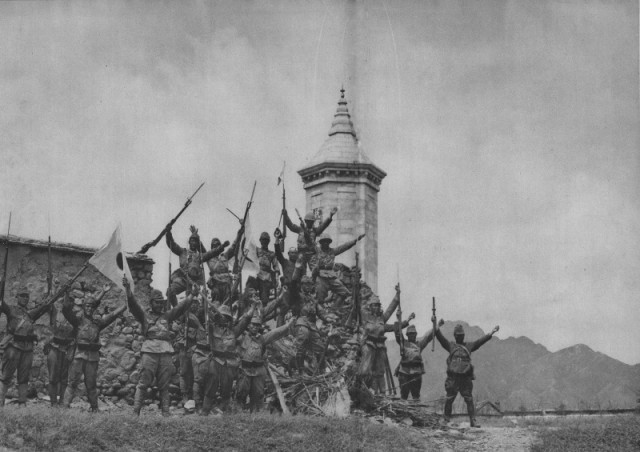
During WWII, the Japanese Imperial Army imposed a scorched earth strategy on China. It was called “The Three Alls Policy” – “kill all, burn all, loot all”. In just four days (9-12 March 1943), the Changjiao Massacre claimed the lives of 30,000 people and was infamous for it’s Army approved mass rape campaign which affected thousands of women.
It was conducted under the command of Field Marshall Shunroku Hata, who was at the time the head of the China Expeditionary Force.
The testimony of a Japanese Kempeitai officer, Uno Shintaro, who participated in the massacre, gives us a truly chilling feel:
“I personally severed more than forty heads. Today, I no longer remember each of them well. It might sound extreme, but I can almost say that if more than two weeks went by without my taking a head, I didn’t feel right. Physically, I needed to be refreshed.”
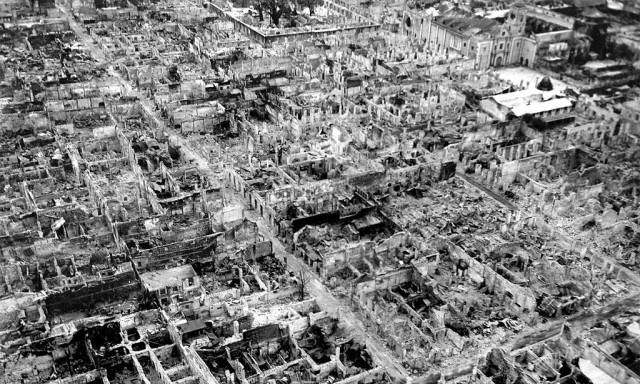
3. Manilla Massacre
In the Battle of Manila from February to March 1945, the United States Army and the Philippine Commonwealth Army advanced into the city to drive out the Japanese.
During lulls in the battle for control of the city, the Japanese under the command of General Yamashita took out their anger and frustration on the civilians, demonstrating the true madness of war and defeat. Mutilations, rapes and massacres occurred in schools, hospitals and convents. A local hotel was used as a “rape center”.
These women, many of them 12 to 14 years old, were then taken to the hotel, where they were raped. The estimated total number of civilian casualties was over 100,000, and the city was left utterly destroyed.
2. Burma Railway construction
Forced labour was a common practice during WWII, whether it was in Europe or in Asia. During the construction of the Burma Railway, which was a vital Japanese supply route at the time, 80,000-100,000 of the local Malayan population and more than 13,000 of Allied POWs (British, Dutch, Australian and American) lost their lives in a year-long period from 1943 to 1944.
The workers were molested, malnourished, refused medical care and executed in the most brutal ways.
In popular culture this event was immortalised by Pierre Boulle in his 1952 book (and later a film) “The Bridge on the River Kwai”, but it sparked controversy depicting the working camps in a very unrealistic way and therefore, diminishing the suffering of the victims and the survivors.
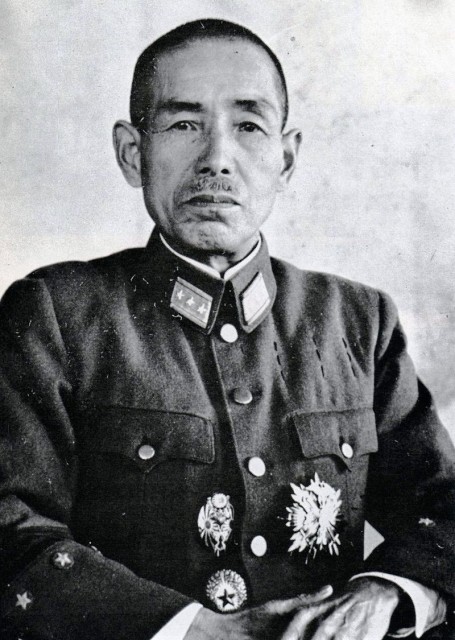
1. Zhejiang-Jiangxi Campaign
In 1942 the American Air Force was planning to construct clandestine airstrips on Chinese territory that wasn’t under full control of Japan. These airstrips were to serve as a landing pad for US bombers after bombing missions on Japanese mainland conducted from the USS Hornet aircraft carrier during the Doolittle raid.
Because the raid had to be launched earlier than planned, and because the Japanese Army was already in the process of locating and destroying the Chinese airbases, most of the aircraft ran out of fuel and crash-landed in the provinces of Zhejiang and Jiangxi.
Surviving airmen parachuted and hid among the Chinese civilians who provided them shelter. Out of 64 that managed to bail out, eight were captured and executed almost immediately by the Japanese. In the search for the remaining US airmen, the Japanese conducted a thorough search, executing, pillaging and burning entire villages as an act of retribution for aiding the Americans.
The result was a devastating trail of 250,000 dead Chinese civilians. The Commander-in-Chief at the time was Field Marshal Shunroku Hata, the man behind the Changjiao Massacre.
After the war, in 1948, he was sentenced to life in prison but was paroled only six years later, in 1954. Until his death in 1962, he was a respected public figure and a head of the charitable organization “Kaikosha”, established to aid the Japanese war veterans.
